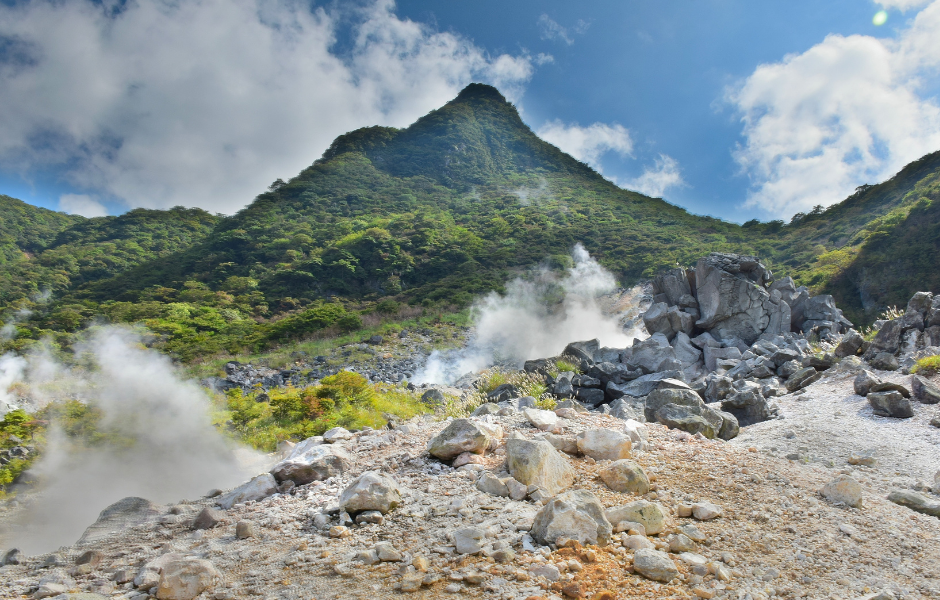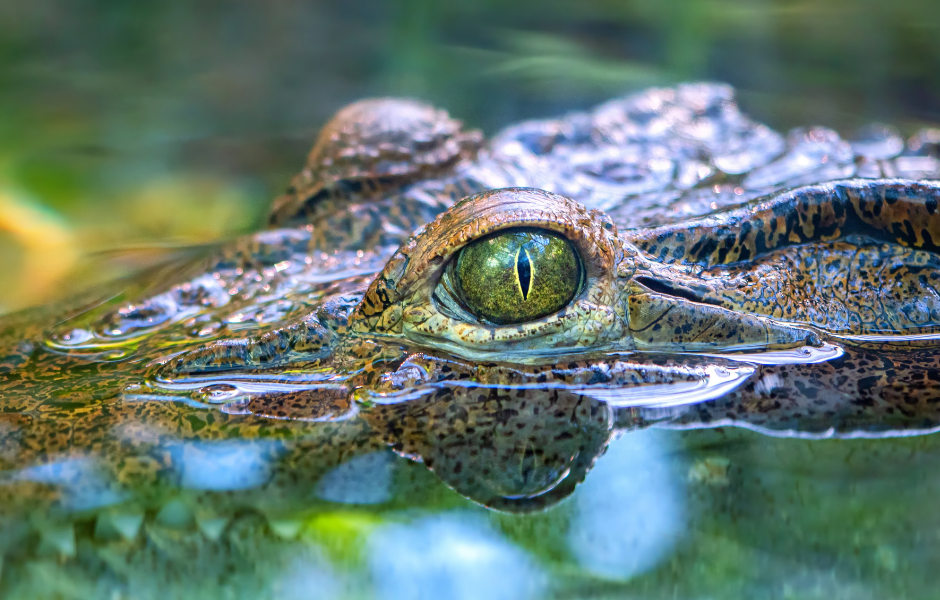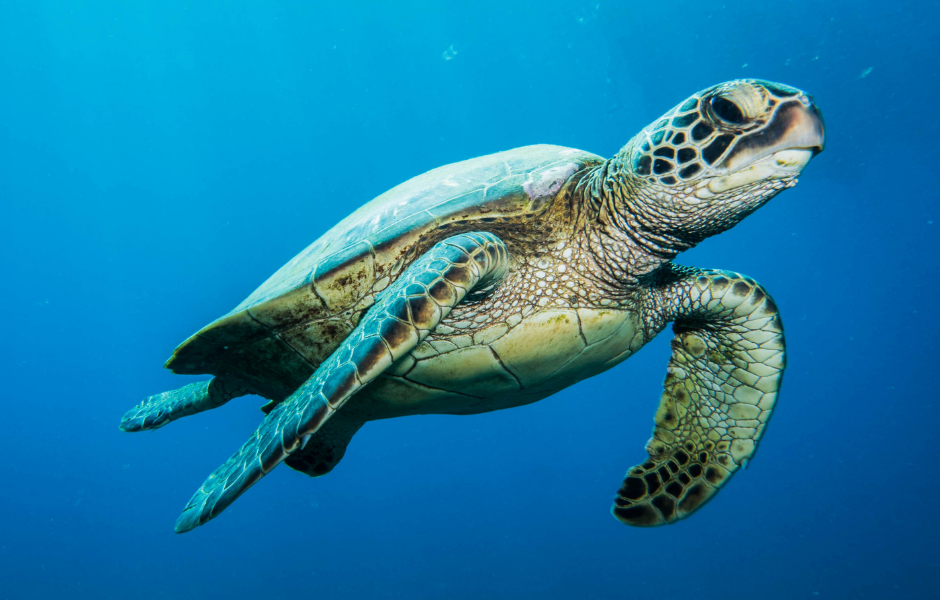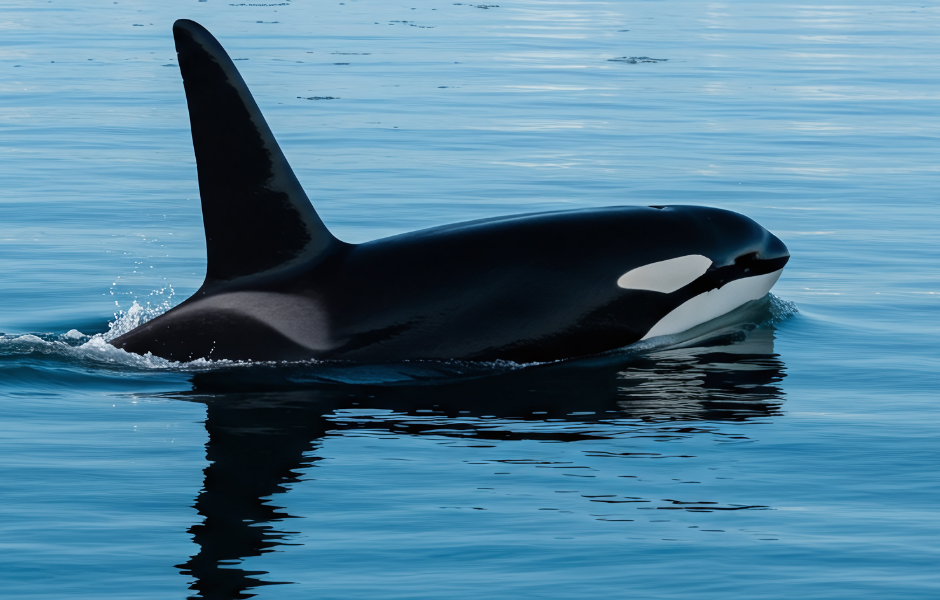
This children’s article, Orcas explained: A kids’ guide to the ocean’s best hunters, has been written for native English speakers and learners of English as a second or foreign language. It can help children build vocabulary, learn about orcas, and understand why these powerful animals should be treated with respect. Written by Mark Pulley, a teacher and writer who creates fun and informative news articles for English learners.
A kids’ guide to killer whales
Orcas are some of the most amazing animals in the sea. They look like giant black-and-white fish, but they are actually part of the dolphin family, meaning they are mammals. This means they breathe air and look after their young. In fact, orcas are the largest dolphins in the world. Let’s get to know more about them!
Size, weight, and breathing
Orcas are huge ocean animals. They can grow up to nine metres long, which is longer than a school bus, and they can weigh as much as six tonnes, the same as a huge elephant!
Even though they spend their lives underwater, they must come to the surface to breathe through a blowhole on top of their heads. Orcas can hold their breath for around 15 minutes, which is very useful when they are diving deep to hunt.
Habitat and family life
You can find orcas in all the world’s oceans, from warm tropical seas to freezing polar waters. Different groups have different behaviours. Some prefer to eat fish, while others hunt much larger animals. Some pods travel long distances, while others stay in the same place all year.
They live in family groups called pods. These pods can be small, with just a few orcas, or very large, with dozens swimming together. Members of a pod stay close for life and communicate with clicks and whistles, just like their cousins, the dolphins, which you can read more about in our article about them once you’ve finished this one.
Orcas rarely live alone. Their strong family bonds help them survive in the wild because they work together to find food and protect each other.
Amazing predators
Orcas are often called “killer whales”, but this name is a bit misleading because they are not whales, and they do not normally attack humans.
The name comes from their incredible hunting skills. Orcas are apex predators, which means nothing hunts them; they sit at the top of their food chain. They eat fish, squid, seals, sea lions, and even sharks.
Orcas use teamwork to hunt. Some pods create waves to knock seals off ice. Others chase fish into tight balls and take turns grabbing mouthfuls. This clever behaviour makes them some of the most successful hunters in the sea.
Are orcas dangerous to humans?
In the wild, orcas very rarely harm people. Luckily for us, they seem to have no interest in attacking humans, even when we swim or kayak near them.
Most injuries and deaths involving orcas have happened in aquariums or marine parks. Captive orcas are kept in small pools and cannot live the natural lives they would have in the open ocean. These conditions can make them stressed and unhappy, and this has led to many incidents involving their trainers.
Because of this, many people now believe it is wrong to keep these intelligent animals in captivity. Several parks, including SeaWorld in the United States, have ended their orca breeding programmes and stopped using orcas in new shows. More and more countries are also banning or restricting orca captivity.
Free to swim in the ocean thanks to a movie?
The story of Free Willy, a famous film about a boy helping an orca escape captivity, inspired many people to speak up for these animals. It helped the world understand that orcas deserve wide oceans, strong family bonds, and freedom. Not tiny tanks. If you haven’t watched it before, here’s a link to its listing on IMDB so you can learn more about it.
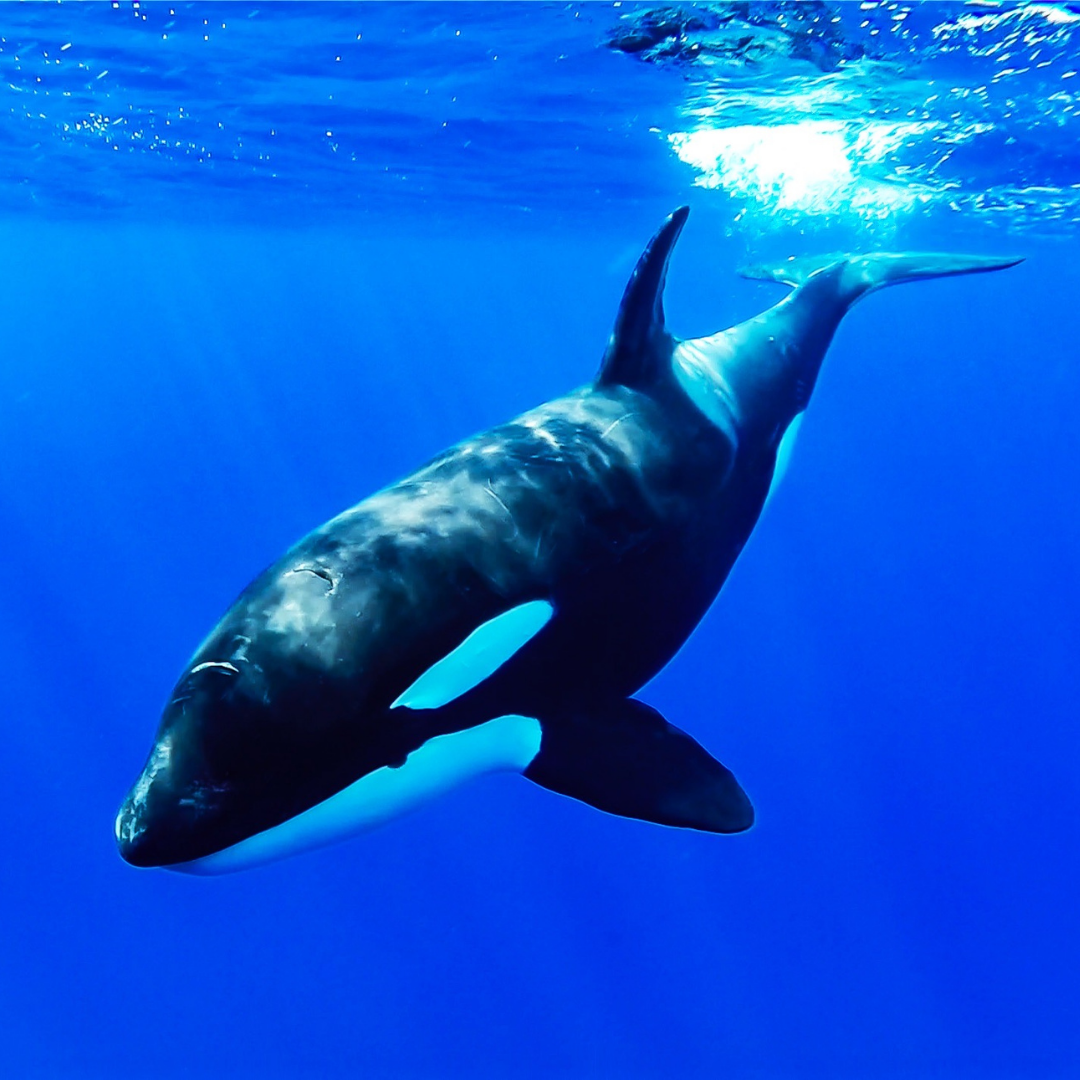
Article vocabulary list
- Mammal: An animal that breathes air, gives birth to live young, and feeds them with milk.
- Blowhole: The opening on a whale or dolphin’s head used for breathing.
- Pod: A family group of dolphins or whales.
- Apex predator: An animal at the top of the food chain.
- Captivity: Being kept in a place and unable to live freely.
- Stress: A feeling of worry or discomfort that can affect behaviour.
- Breed: To produce young.
- Restrict: To limit or control something.
Comprehension questions
Just click the plus (+) to see the answer
1. What type of animal is an orca?
A) A fish
B) A reptile
C) A mammal
Answer: C) A mammal
2. How long can an orca hold its breath?
A) About 15 minutes
B) About 2 minutes
C) About 1 hour
Answer: A) About 15 minutes
3. What is a pod?
A) A type of fish orcas eat
B) A family group of orcas
C) A small ice sheet
Answer: B) A family group of orcas
4. Why are orcas considered apex predators?
A) They live in warm water
B) Nothing hunts them
C) They travel in groups
Answer: B) Nothing hunts them
5. Why have many parks stopped keeping orcas?
A) Orcas are too small to keep
B) People believe it is wrong to keep such intelligent animals in captivity
C) Orcas do not like swimming
Answer: B) People believe it is wrong to keep such intelligent animals in captivity

Mark is a writer and EFL teacher from England with eight years’ experience. He’s passionate about travel, sport (especially football), animals, nature, and history, and enjoys helping children explore the world through language and learning.


